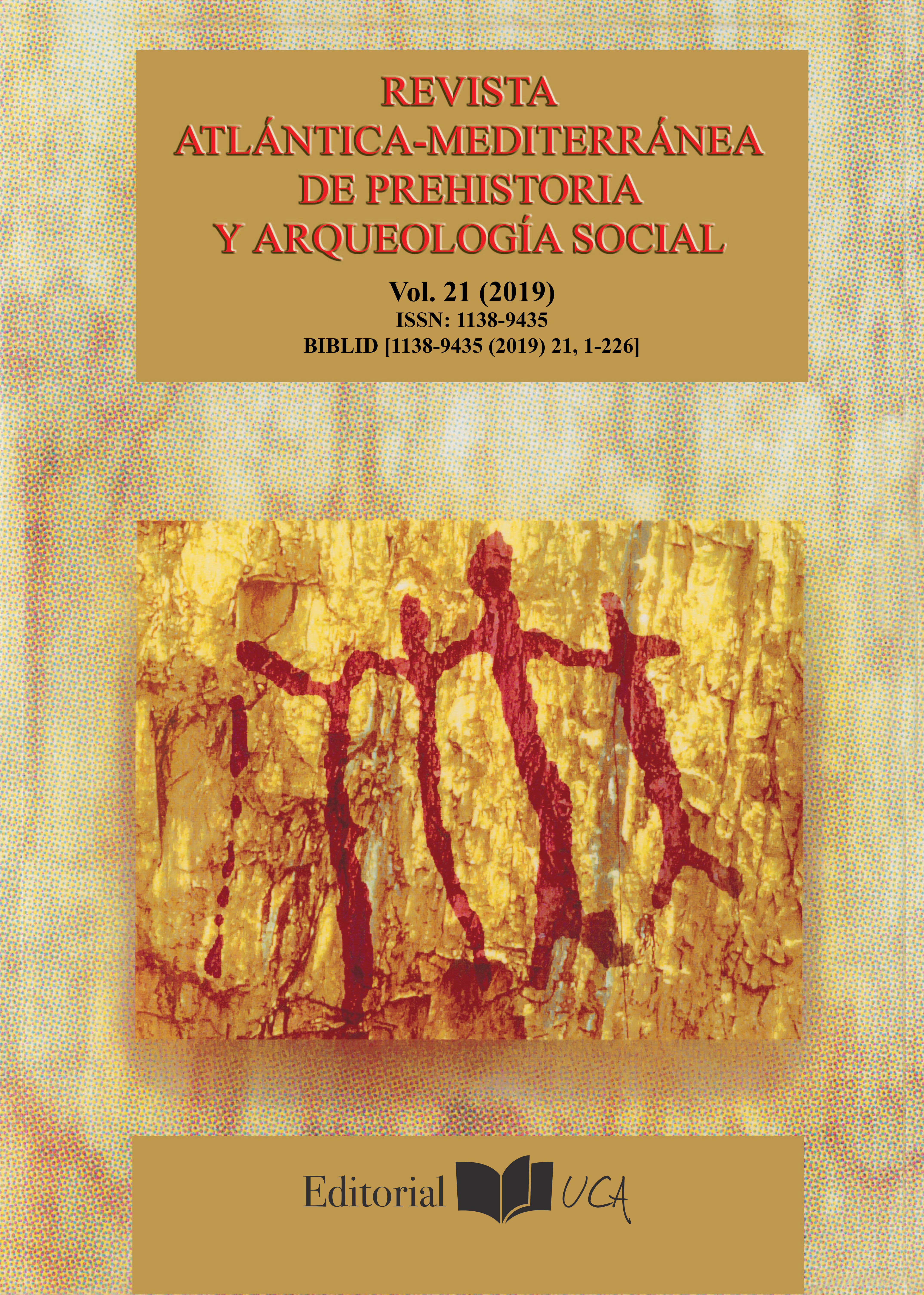The representation of the figure of women in prehistoric art and in the origin of scriptures in the Iberian Peninsula

DOI
https://doi.org/10.25267/rev_atl-mediterr_prehist_arqueol_soc.2019.v21.05Info
Abstract
The present text presents a research study on the representation of the iconography of women in Prehistoric Art and its cultural influence on the epigraphs of the first writings of the Iberian Peninsula. The iconographic evolution of female figures is presented, from Paleolithic naturalism to Postpaleolithic schematism and the integration of those female schematic symbols of prehistoric tradition, in the first writings signatories in the Iberian Peninsula. In this article, up to six prehistoric female symbols are documented that were involved in the palaeographic process of the origin of Tartessian writing. Graphics that in Prehistory symbolized different forms of the woman's silhouette (the bitriangular motifs), or the representation of childbirth, a scenography characteristic of Prehistoric Schematic Art, were reflected in graphemes in the earliest known paleohispanic texts of Ancient Hispania.
Keywords
Downloads





